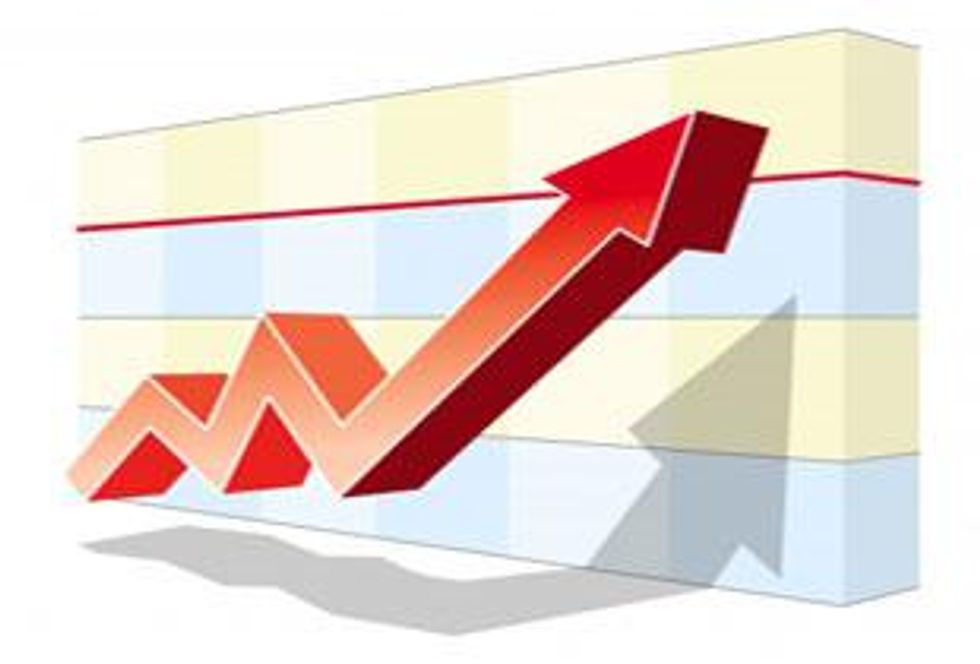Potash Market Well-Positioned for a Strong Second Quarter
The global potash market is adequately positioned for a strong second quarter. The potash market showed significant improvement in Q1 with prices stabilizing, and gradually rebounding.
By Leia Michele Toovey- Exclusive to Potash Investing News
The global potash market is adequately positioned for a strong second quarter. The potash market showed significant improvement in Q1 with prices stabilizing, and gradually rebounding. The inventory situation showed drastic improvement, and the potash market kicked off the second quarter with inventories below their prior three year average.
With the spring planting season just underway, prices for many agricultural commodities continue to trade at relatively high levels and generate profitable farm returns throughout much of the world. The recent report from the United States Department of Agriculture provided valuable insight to the spring planting season. In the “Prospective Plantings Report,” the USDA explained that it expects US farmers to plant the same total acreage as last year, however the farmers will plant more corn, soybeans, and cotton, and less wheat and other small grains. This shift is positive for crop nutrient demand as corn and soybeans require more nutrients than wheat crops.
Patricia Mohr, the author of Scotiabank’s commodity price index, believes that potash will continue to gain ground. When the figures are released, Canada’s Potash Corporation of Saskatchewan (TSX: POT, NYSE: POT) expects record Q1 2010 sales. In fact, the data out of North America as a whole indicates that potash sales surged this January to the highest levels seen in 15 years .
Company News
Allana Potash Corporation (TSX-V: AAA) has commenced phase I drilling on its Ethiopian Potash Project in the Danakhil Depression. The Phase I program is comprised of between 2,500 and 3,000 meters of drilling and is expected to be completed in approximately three months. The program will include 7 drill holes that will vary in depth from 200 to 800 meters. The drill holes are meant to confirm, and hopefully expand upon the current resource estimate. Allana is also nearing the completion of their camp expansion near the village of Hamadela. The expansion will provide accommodations for an additional 35 personnel to work at the potash project
Potash One Inc has taken a major step in plans towards the implementation for its Legacy Potash Solution Mine in Saskatchewan. Potash One just purchased the major equipment necessary for the mine that will be operational in late 2013. The firm has placed the first order for long-delivery alloyed materials needed to fabricate the evaporation/crystallization equipment, which will form the core of the Legacy processing facility. The evaporation/crystallization plant is being designed by Whiting Equipment Canada, the company said. “In addition to maintaining project schedule, the purchase of the specialty clad plate material also allows Potash One to take advantage of reduced pricing and readily available shop space currently being offered by suppliers,” the company reported.
Prices and delivery times are “substantially less” than they were one year ago, but will likely increase as the global economic recovery gains pace and nickel prices rise. A feasibility study on the project is scheduled for completion around the middle of this year.
The Mosaic Company (NYSE: MOS) announced fiscal third quarter 2010 earnings, which slaughtered the accomplishments achieved in the same quarter of 2009. Net earnings hit $222.6 million, or $0.50 per diluted share, for the company’s third quarter, which ended February 28, 2010. These results compare with net earnings of $58.8 million, or $0.13 per share, for the same quarter in 2009. Cash and cash equivalents were $2.3 billion as of February 28, 2010. Net sales were $1.7 billion, an increase from $1.4 billion, or 26 percent, compared to the same period a year ago.
In addition to increasing sales, the company also benefited from improving margins. Mosaic’s gross margin for the third quarter of fiscal 2010 was $476.5 million, or 28 percent of net sales, compared with $140.3 million, or 10 percent, of net sales a year ago. Third quarter operating earnings were $388.9 million, compared with $43.7 million a year ago. The increases in gross margin and operating earnings were primarily driven by improved demand for both phosphate and potash and lower phosphate raw material costs, partially offset by lower selling prices.
Potash net sales totaled $730.0 million for the fiscal 2010 third quarter, an increase of 52 percent from $480.8 million a year ago. The Potash segment’s gross margin increased to $352.0 million in the third quarter, or 48 percent of net sales, compared with $206.6 million, or 43 percent of net sales a year ago. The Potash segment’s total sales volume was 1.9 million tonnes for the third quarter, up sharply from 0.8 million tonnes a year ago and 1.0 million tonnes in the second quarter. Potash production was comparable at 1.3 million tonnes in both the current and the year ago quarter while up slightly from 1.1 million tonnes in the second quarter. Production rates were increased late in the quarter due to improved demand for potash. “The potash business has taken a leap forward on all fronts, and sales volumes and operating profits were up strongly during the quarter,” said president James T. Prokopanko.
